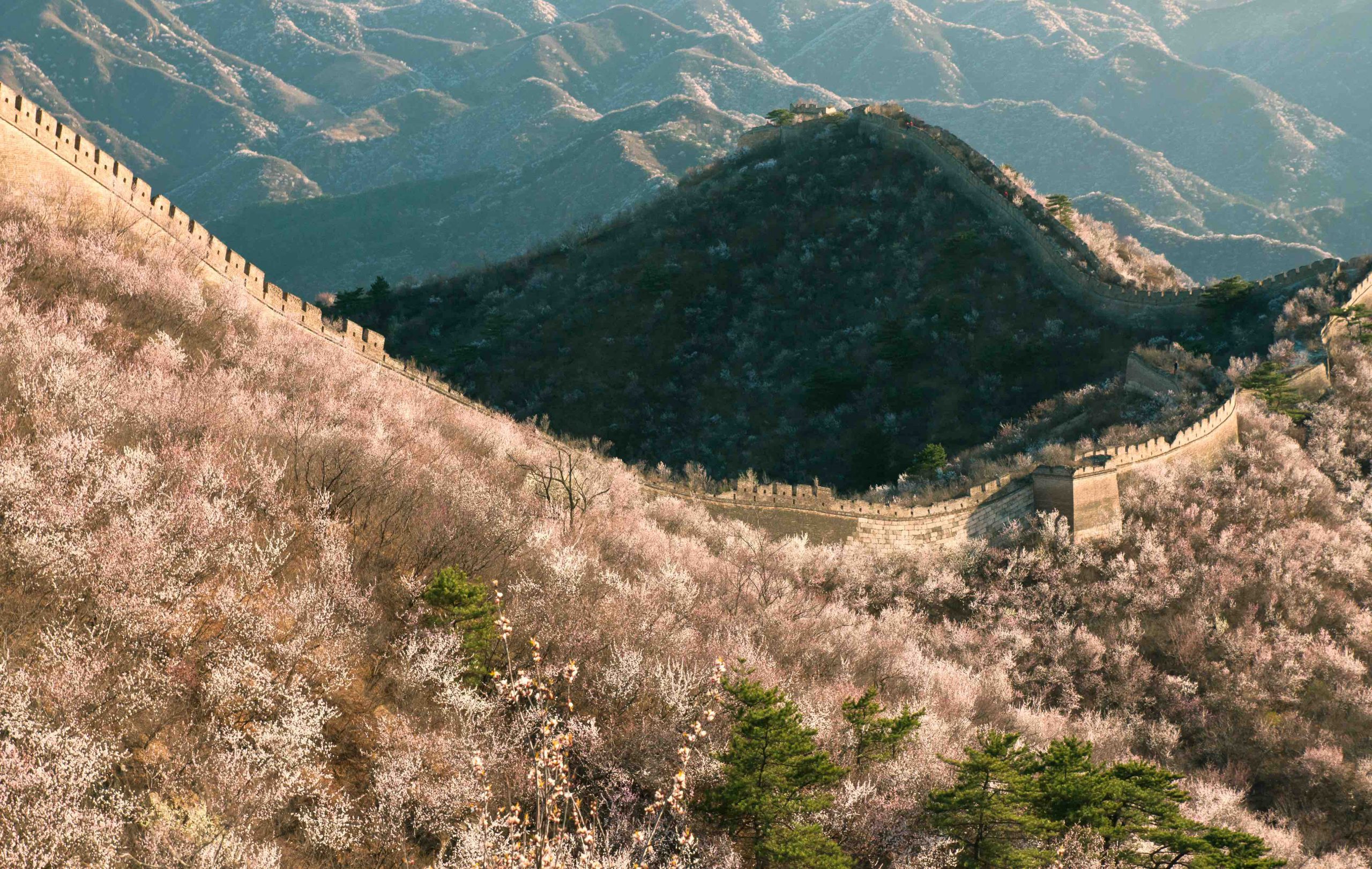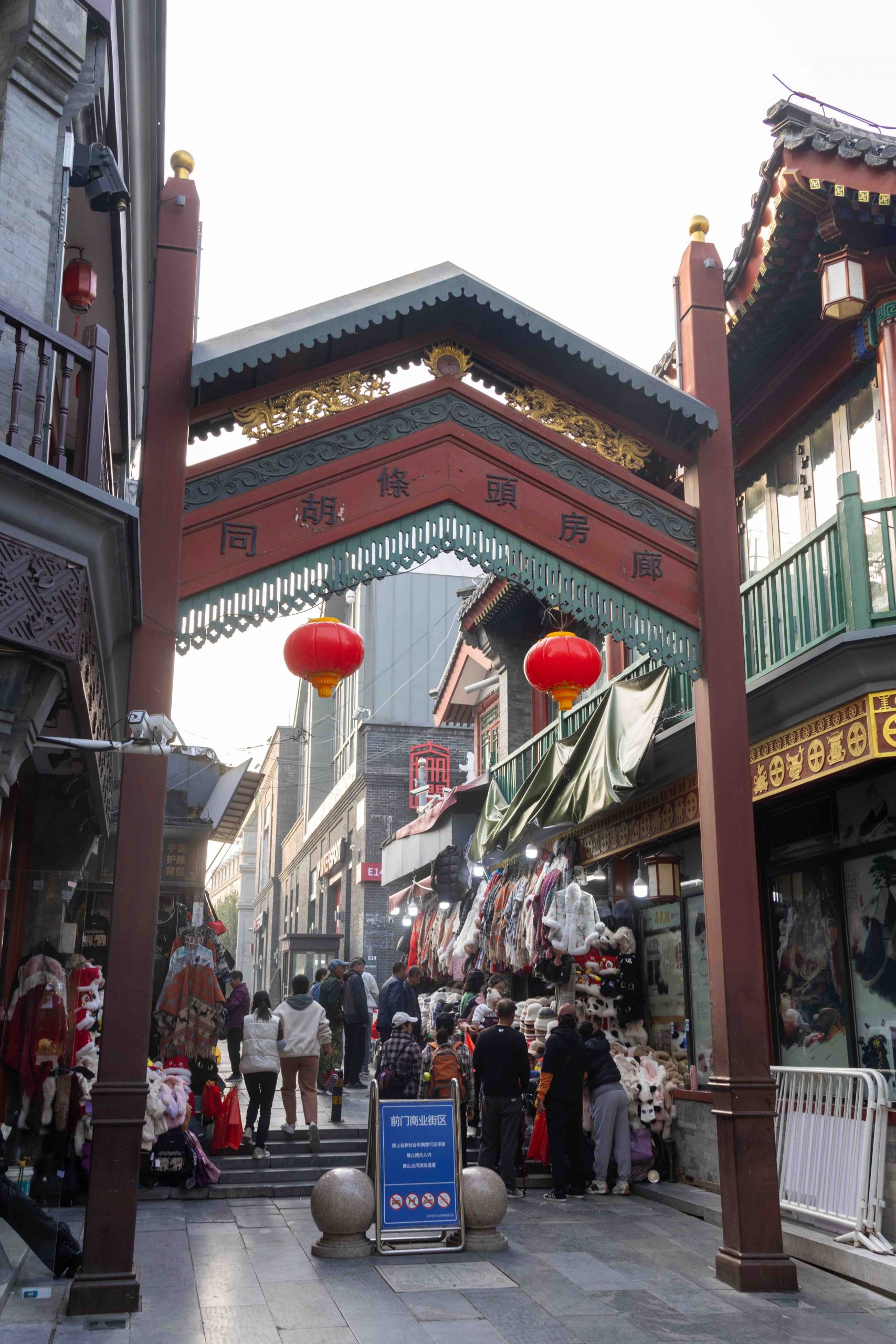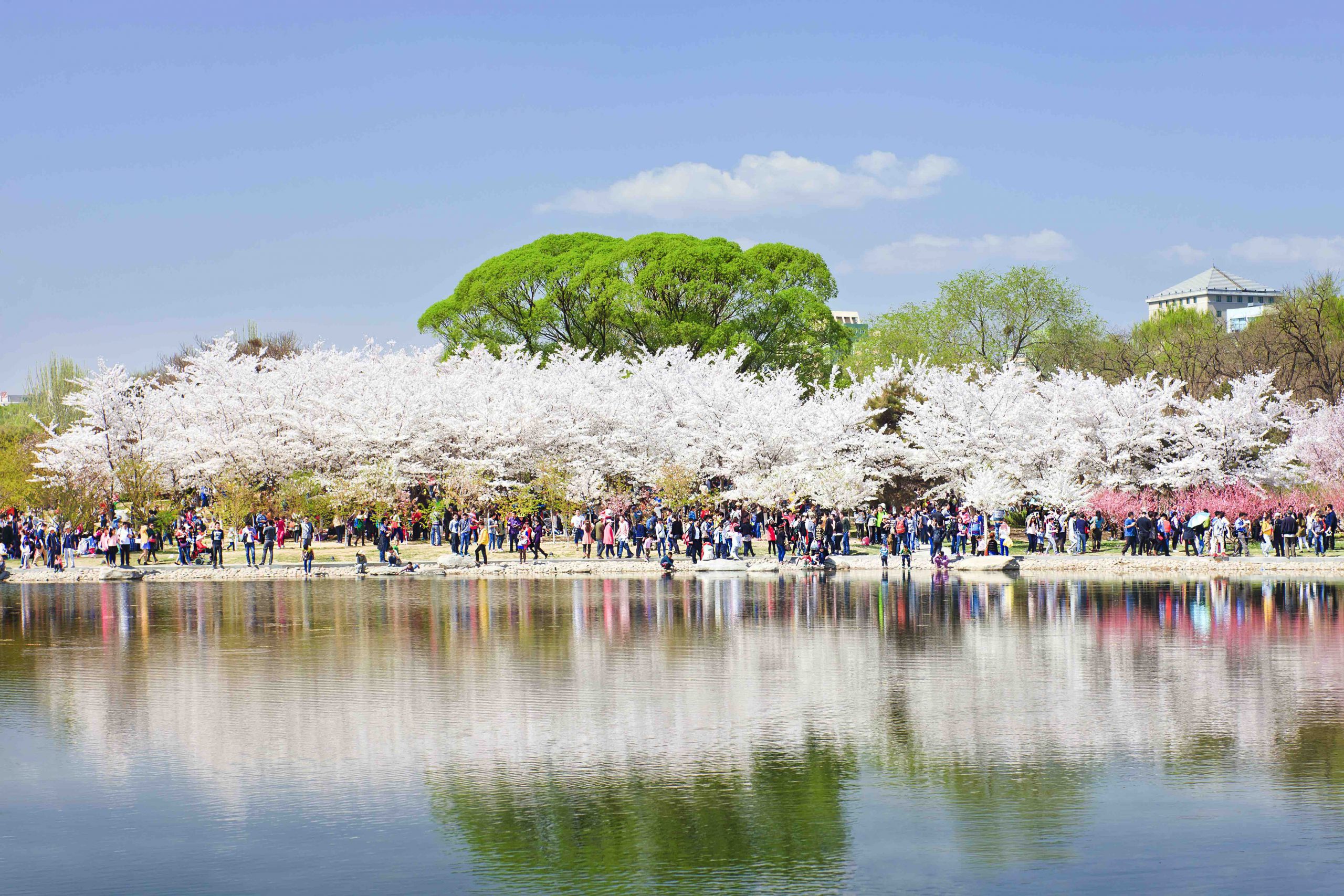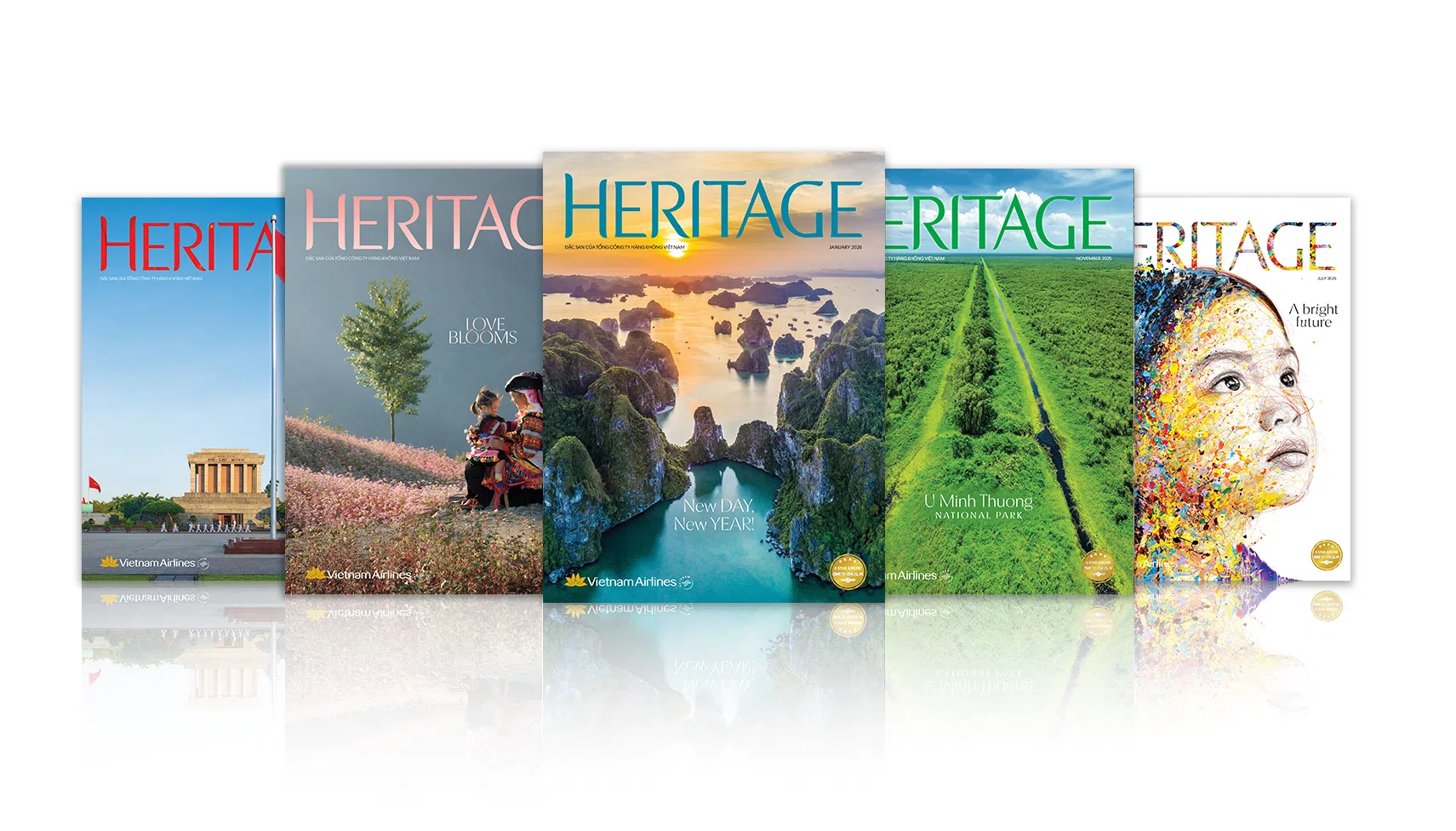Story: Ngo Quang Minh
Photos: Shutterstock
As the youngest of China’s four ancient capitals – following Chang’an, Luoyang, and Nanjing – Beijing, historically known as Dadu or Yanjing, boasts a proud legacy as a vital center of Chinese politics, culture, and education. Today, it stands as the nation’s second busiest and most dynamic metropolis, second only to Shanghai’s financial hub. In the springtime, Beijing offers a softer, more profound charm. As nature awakens in vibrant hues and peach blossoms bloom across the city, Beijing transforms into an enchanting tapestry of cozy scenes, distinctive traditional festivals, and the nostalgic allure of its historic hutong alleyways.

Many consider spring Beijing’s most beautiful season. In the pleasant, fresh weather, cherry and plum blossoms compete to display their colors, blanketing the Summer Palace, the Great Wall, and famous parks like Jingyang, Beihai, and Zijin. Particularly noteworthy is Yuyuantan Park – a scenic spot built during the Qin Dynasty in the 13th century – which now hosts the annual “Cherry Blossom Festival” and is home to over 3,000 Japanese cherry trees. Along with the Liuxun Garden, planted with various roses and magnolias, these spaces preserve the capital’s spring colors.
Spring is often regarded as Beijing’s most beautiful season. In the pleasant, refreshing weather, cherry and plum blossoms burst into bloom, adorning iconic landmarks like the Summer Palace, the Great Wall, and popular parks such as Jingyang, Beihai, and Zijin.
A standout destination is Yuyuantan Park, a scenic site dating back to the Qin Dynasty in the 13th century. Today, it hosts the annual Cherry Blossom Festival and boasts over 3,000 Japanese cherry trees, creating a stunning springtime display. Complementing this is Liuxun Garden, featuring a variety of roses and magnolias. Together, these spaces preserve the vibrant spring colors of the capital.

Visitors to Beijing are eager to discover millennia of history through the city’s unique national and world cultural heritage sites. Among these, the Forbidden City stands out, deservedly recognized as a Word Heritage site since 1987. This 72-hectare imperial palace, home to 24 dynasties over 500 years, features 9,999 meticulously crafted rooms exemplifying the grandeur of traditional Chinese palace architecture.
Equally historic, the Temple of Heaven in southeastern Beijing served the Ming and Qing dynasties as a venue for celestial worship ceremonies to pray for favorable weather and bountiful harvests. The temple complex is divided into distinct areas governed by harmonious principles of feng shui philosophy and Chinese architectural artistry. Its circular northern walls represent heaven, while its square southern walls represent earth. The Hall of Prayer for Good Harvests is the most captivating structure, featuring deep blue-glazed roof tiles that reflect the sky. Here, 12 outer pillars represent the 12 hours, 12 inner pillars represent the 12 months, and the four central pillars symbolize the four seasons. This is a wonderful place for New Year wishes.
Not to be forgotten is the Ming Tombs complex in the capital’s northwest, a peaceful spot surrounded by mountains that is especially lush when spring arrives. Due to damage wrought by conflict and historical upheavals, only three of the 13 tombs – Changling, Dingling, and Zhaoling – are open to visitors today. Nevertheless, this site still amazes visitors with the grandeur of its 600-year-old archaeological treasures.

Beijing’s spring charm isn’t limited to grand scenes of nature’s transformation. Spring also brings memorable changes to social life in the city. Vibrant spring colors reach the hutongs – ancient alleyways touched by time. Hutongs are steeped in the rhythms of daily life, serving as living archives of emotions and memories cherished by generations of the capital’s residents. Each street has its own characteristics with ancient houses, general stores, and traditional teahouses. During New Year, families clean and decorate their homes with red paper cutouts, creating a warm atmosphere of reunion throughout the area’s streets. Visitors can try Beijing specialties like steamed buns, grilled meat skewers, and herbal tea, and enjoy street art activities like lion dances or variety shows. Hutongs have stood proudly for 700 years, having been built during the Yuan Dynasty in the 13th century. Featuring communal living spaces, these neighborhoods were standardized with main streets spanning 36 meters wide, smaller streets stretching 18 meters across, and alleys of nine meters wide.
During the Ming and Qing dynasties, the rise of siheyuan (courtyard houses), a renowned architectural style of northern China, added to the distinctive charm of the ancient hutongs, making them even more unique.
Over time, hutong culture emerged, fostering a sense of community despite the limited space. These narrow alleys encouraged sharing and interaction, strengthening neighborhood bonds, deepening communal intimacy, and adding to the rich, everyday lives of Beijing’s residents.
Within the sprawling capital, diverse districts developed, such as the hutongs near the Drum Tower and Bell Tower, Rice Market Lane (Mishi), Brick Pagoda (Zhuanta), Shichahai Lake, Willow Lane (Liushu), and Nine Turns Alley (Jiudaowan). These areas allow visitors to return to a peaceful past, where red doors, grey walls, curved roofs, washing in well water, front-yard chickens, and wood-burning stoves paint a nostalgic picture. Beijing’s thousand-plus hutongs are often compared to capillaries, connecting the past with the present and serving as simple yet enduring witnesses to the passage of time.
The spring is a memorable season in which to discover Beijing. Whether admiring the city’s magnificent landmarks, exploring its living museums of hutongs, or gazing at its modern skyscrapers, the city’s warm New Year atmosphere and mix of ancient and modern charms leave strong impressions on visitors.
Vietnam Airlines offers direct flights between Hanoi and Beijing.
Please visit www.vietnamairlines.com for more information and special offers.










